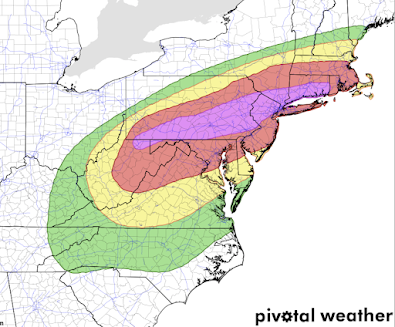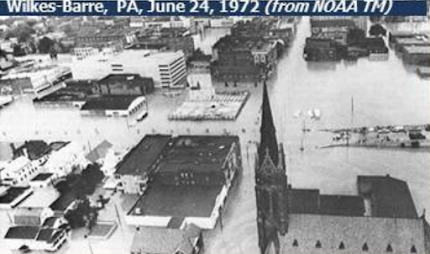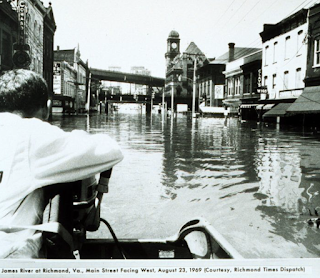More Global Warming Stupidity

Big Climate and its advertising agencies is trying to spin there was "little warning" before Hurricane Ida because it rapidly intensified due to global warming. They are wrong. Oy! Big Climate is pulling out all of the stops on this one. Below is just one of them: Hat tip: Tomer Burg This story tries to push the false narrative that there was less than 72 hours warning. Here is what this blog published 85 hours before landfall : Note the phrase, "major hurricane." And, "best chance of landfall is over Louisiana or Mississippi sometime Sunday..." There was plenty of warning. Big Climate has never had a problem with being ghoulish. So, even while the storm was moving inland and crushing the Mississippi Delta, they were busy telling us that Hurricane Ida was caused by global warming for its political purposes. One of literally dozens of tweets attempting to tie Ida to global warming You'll recall Ida was a Cat 4 with 150 mph winds. If global temperat













